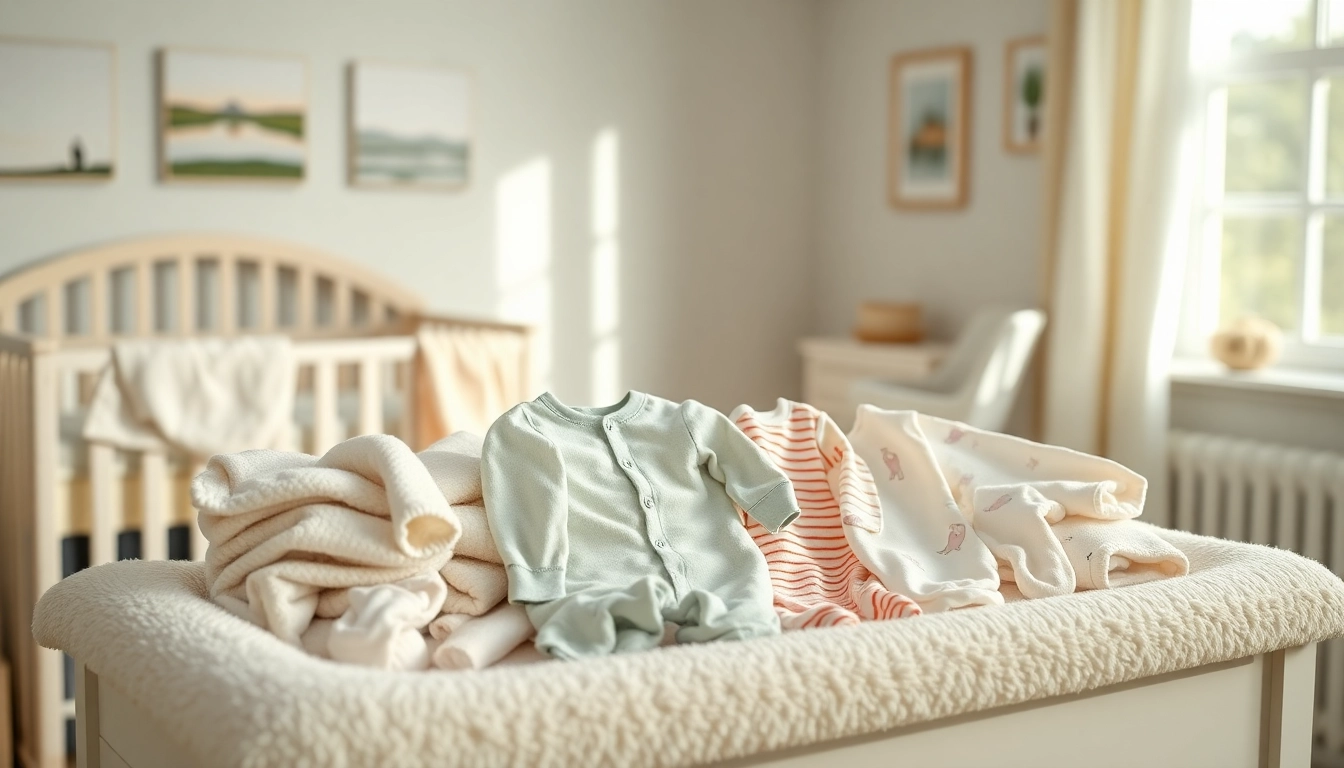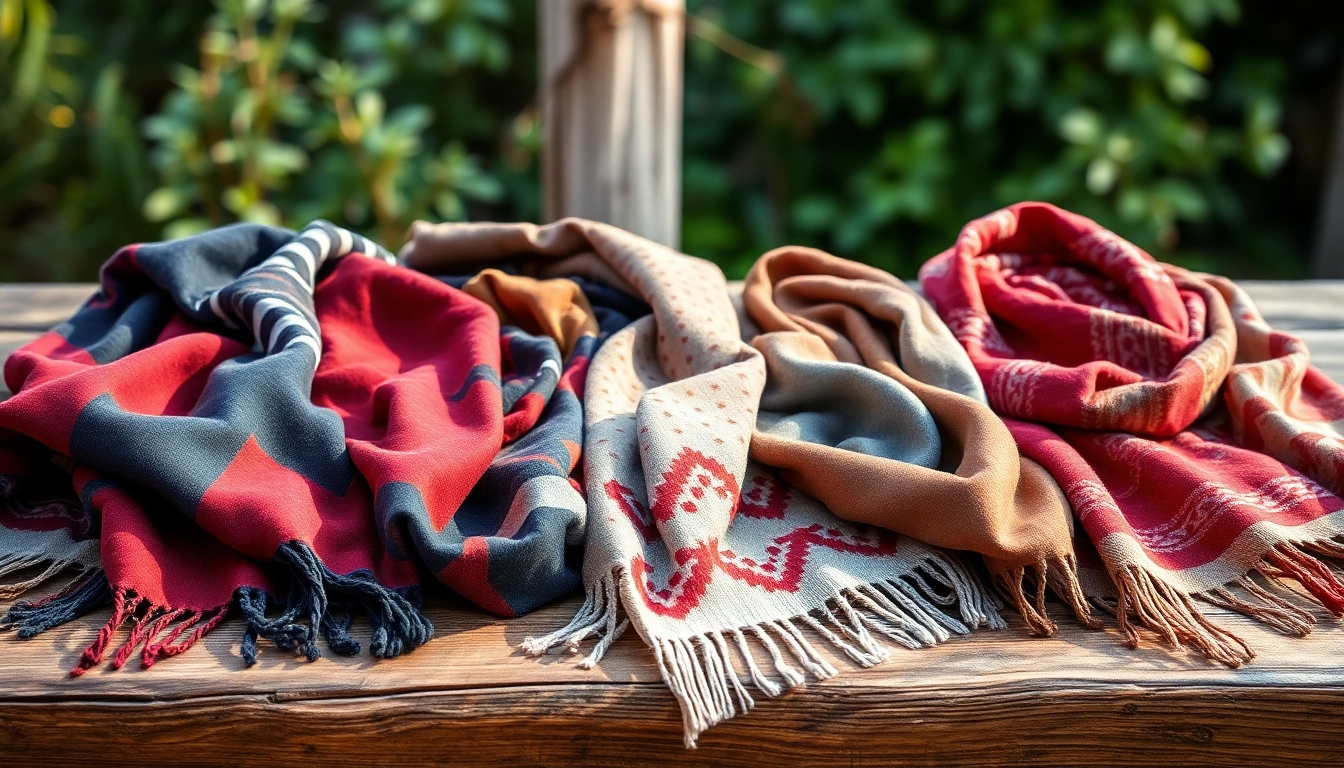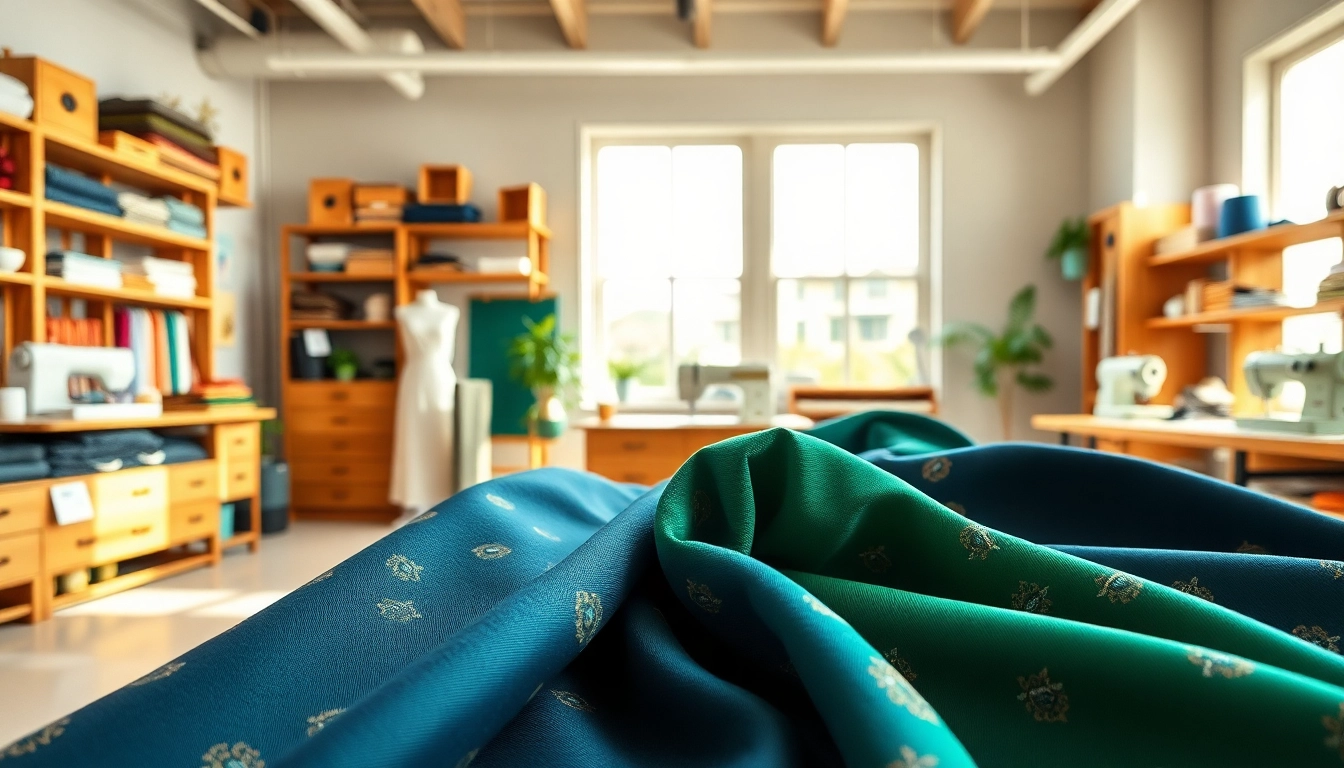Understanding Newborn baby clothes: The Basics
The arrival of a newborn in the family is a joyous occasion but comes with its own set of responsibilities, including choosing the right Newborn baby clothes. With every little detail becoming crucial to both convenience and comfort, understanding what makes these clothes essential is paramount for new parents. This guide delves into the fundamental aspects of newborn clothing, offering insights that cover everything from the material and features to care tips and styling suggestions.
What are Newborn baby clothes?
Newborn baby clothes refer to the garments designed specifically for infants during the first few weeks and months of life. Typically suitable for babies ranging from 0 to 3 months, these clothes cater to the unique needs of newborns. The fitting, material, and ease of use significantly differ from regular baby and toddler clothes due to the delicate nature of a newborn’s skin and the rapid growth they experience. Popular items within this category include bodysuits, sleepers, hats, and swaddles, which provide both coverage and comfort.
Why Quality Matters in Newborn baby clothes
When it comes to newborn baby clothes, quality should never be compromised. The delicate skin of a newborn is highly sensitive, making them susceptible to rashes and irritations caused by rough fabrics, harsh dyes, or poorly constructed garments. Moreover, high-quality clothing is often designed with features that enhance comfort, such as soft seams, breathable fabrics, and easy fastenings. Investing in quality ensures that babies are both comfortable and safe, which directly contributes to their overall wellbeing.
Essential Features of Newborn baby clothes
Newborn baby clothes are equipped with a variety of features that cater to their needs:
- Soft Fabrics: Organic cotton or bamboo ensures a gentle touch against the skin.
- Easy Fastenings: Snap closures and zippers allow for quick changes, which are essential for busy caregivers.
- Temperature Regulation: Breathable materials help keep the baby comfortable, regardless of the weather.
- Growth Adaptability: Many styles include room for growth, like adjustable cuffs or snap-down bottoms.
Types of Newborn baby clothes You Should Consider
Everyday Essentials: Bodysuits and Sleepers
Bodysuits, also known as onesies, are noteworthy staples in any newborn’s wardrobe. They are created with comfort and functionality in mind, often featuring lap shoulders and stretchable fabric for easy dressing. Sleepers are equally vital—these one-piece garments keep babies warm and snug during the night and are usually designed with zippers or snaps for easy diaper access. With babies needing frequent outfit changes, having a good supply of bodysuits and sleepers is essential.
Layering Basics: Swaddles and Blankets
Swaddling is a common practice that aids in calming a newborn, making swaddles an indispensable item. Swaddles come in various styles, from traditional cloth to Velcro wraps that ensure security without restriction. Layering is also essential for temperature control, especially since newborns cannot regulate their body temperature effectively. Soft, breathable blankets are ideal for layering during naps or outings, keeping babies comfortable while ensuring ease of movement.
Seasonal Attire: Dress for the Weather
Newborn baby clothes must also cater to seasonal changes. In cooler months, thicker fabrics, such as fleece or wool blends, are advisable to retain heat, while lighter, moisture-wicking materials are suitable for warmer months to prevent overheating. Layering is especially important for transitional seasons, as it allows for adjustments when going from indoor to outdoor environments. A combination of seasonal gear—such as jackets, knit hats, and light layers—will provide optimal comfort for babies.
Material Matters: Choosing Fabrics for Comfort
Safe and Soft: Organic Cotton Benefits
Organic cotton stands out as a highly recommended fabric for newborn baby clothes. Unlike conventional cotton, which may be treated with harmful chemicals, organic cotton is cultivated without artificial additives, ensuring that it is free from harsh pesticides and synthetic fertilizers. This natural approach results in a softer, hypoallergenic fabric, perfect for sensitive newborn skin. Furthermore, organic cotton supports sustainable farming practices—a consideration many eco-conscious parents value.
Sweat-Resistant Fabrics: What to Look For
Infants tend to sweat more than adults, particularly during sleep or when bundled in layers. Therefore, choosing sweat-resistant fabrics that wick moisture away from the skin can be beneficial. Look for materials blended with bamboo or modal, which are known for their moisture-absorbing properties, keeping the baby dry and comfortable. Factors such as breathability should also be considered, ensuring that the fabric allows proper air circulation to avoid overheating.
Durability and Care Instructions
Newborn baby clothes should withstand frequent washing while maintaining their integrity. High-quality fabrics that endure various laundering processes—washing, drying, and ironing—are recommended. Always refer to care labels for cleaning instructions, as delicate fabrics may require gentle cycles or air drying methods to avoid shrinkage or fabric damage. Choosing colors that don’t fade quickly is also important, as newborns often spit up or have diaper leaks, requiring frequent changes.
Styling Tips for Newborn baby clothes
Mixing and Matching Colors and Patterns
Creating a stylish wardrobe for newborns can be both fun and imaginative. Mixing and matching various colors and patterns allows parents to express their style while keeping outfits fresh. Neutral tones often blend well with colorful accessories or outer layers. Remember that bold patterns can be charming; just be sure to mix them harmoniously—pairing a patterned bodysuit with a solid-color sleeper can enhance the overall look.
Accessorizing Newborn baby clothes Effectively
Accessories can play a pivotal role in enhancing the functionality and appearance of newborn baby clothes. Items such as hats, booties, and bibs not only add personality but also serve practical purposes, keeping infants warm and dry. Choose accessories that are adjustable or come with safety features, like non-slip bottoms for booties, so they stay securely in place. Additionally, selecting a range of colors allows parents to easily coordinate outfits effortlessly.
Practicality vs. Style: Finding the Balance
While it’s tempting to gravitate towards visually appealing designs, practicality should remain a priority. Prioritize features that allow for easy dressing and diaper changes, such as snap closures, stretchy necklines, and wide leg openings. Finding clothing that combines functionality with aesthetic appeal results in garments that are not just beautiful but also user-friendly.
How to Properly Care for Newborn baby clothes
Washing Tips for Newborn baby clothes
Proper care of newborn baby clothes starts with washing techniques. Always sort laundry by fabric type and color to prevent bleeding and wear. Use gentle, hypoallergenic detergents that will be kinder to sensitive skin, avoiding those with added fragrances or dyes. When machine washing, opt for cold or warm settings, and consider utilizing mesh laundry bags to protect delicate items. Also, skip fabric softeners, as they can coat the fabric, potentially irritating infant skin.
Storing Newborn baby clothes Efficiently
Efficient storage is key for managing a newborn’s clothing collection. Organize clothes by type, size, and season to enable quick access during on-the-go changes. Drawer dividers or labeled bins can enhance organization, ensuring that outfits are easily accessible. Maintaining a clutter-free environment not only supports efficient dressing but also fosters a calmer space during what can be a hectic time.
When to Replace Newborn baby clothes
Newborns grow at an astounding rate, which means their clothes can become tight or uncomfortable very quickly. Regularly assess the fit of clothing, particularly around the neckline and tummy, where growth is most noticeable. Indicators that it’s time to replace items typically include marks left on the skin from tight bands or zippers a motivated baby can’t sit comfortably in. Embrace the opportunity to donate gently used clothing, promoting sustainability while clearing out old items for new sizes.



